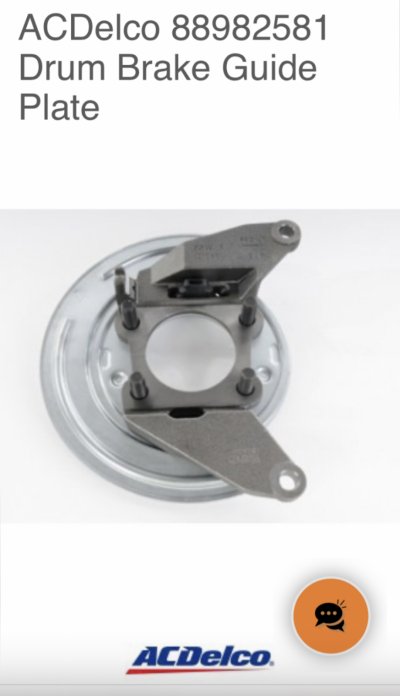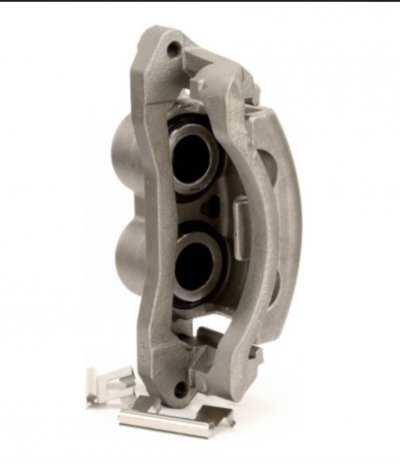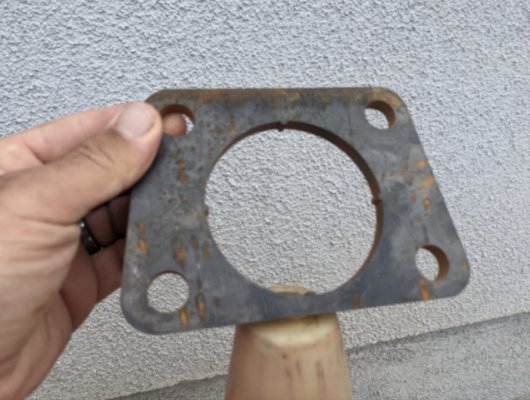I'm not in a position to confirm or deny your math, in particular the correction factors for drum cylinder "effective area". That is ALL NEW to me.
The missing info for your braking-power calculations is the friction-material lining area, as well as the swept area (diameter AND WIDTH) of the drums. 2.5" wide, 13" diameter drums have less stopping power than 3.5" wide, 13" drums. Disc pads have less lining area than one drum brake shoe.
Disc brakes have much less lining area; they may or may not have less swept area on the rotors because the rotors are double-sided. They make up for less lining area via higher hydraulic force (brake fluid pressure X area of the caliper piston(s).) so disc brakes need much more piston area than drums. Disc brakes are also not really self-energizing like typical drums. There may be some very mild self-energizing that reduces even more as the pads wear.
More math needed. My W-A-G is that a stock Eldo caliper pair, on 12.8" rotors, is going to be CREAMED in actual usage by 2.5" wide, 13" diameter Duo-Servo drums. The 3.5" wide version will have still more stopping power.
Things may be different with the big-piston "Eldo" calipers. There may also be an improvement in heat-dissipation.
The missing info for your braking-power calculations is the friction-material lining area, as well as the swept area (diameter AND WIDTH) of the drums. 2.5" wide, 13" diameter drums have less stopping power than 3.5" wide, 13" drums. Disc pads have less lining area than one drum brake shoe.
Disc brakes have much less lining area; they may or may not have less swept area on the rotors because the rotors are double-sided. They make up for less lining area via higher hydraulic force (brake fluid pressure X area of the caliper piston(s).) so disc brakes need much more piston area than drums. Disc brakes are also not really self-energizing like typical drums. There may be some very mild self-energizing that reduces even more as the pads wear.
More math needed. My W-A-G is that a stock Eldo caliper pair, on 12.8" rotors, is going to be CREAMED in actual usage by 2.5" wide, 13" diameter Duo-Servo drums. The 3.5" wide version will have still more stopping power.
Things may be different with the big-piston "Eldo" calipers. There may also be an improvement in heat-dissipation.
Last edited:




